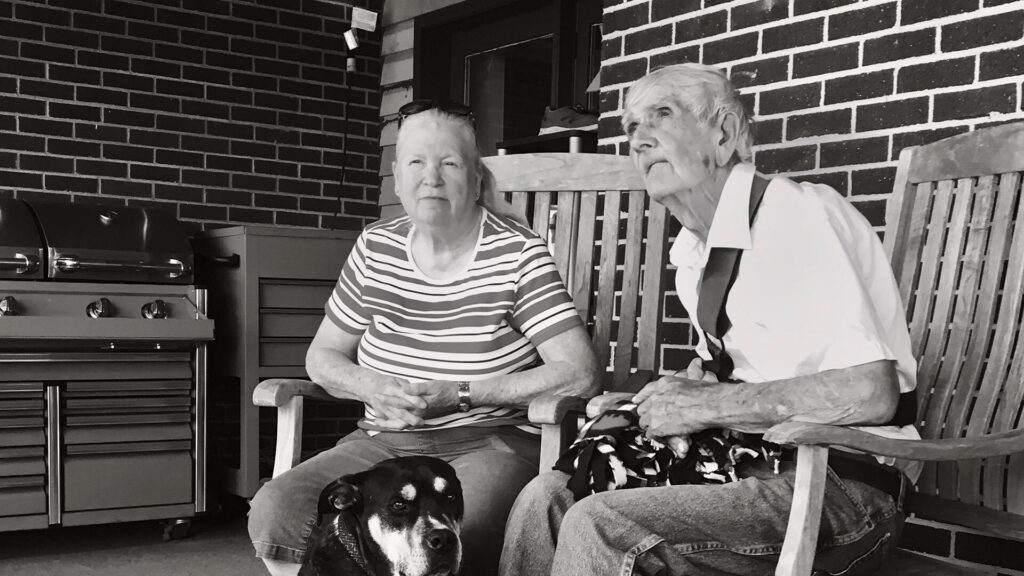Helping a Church See Their Current Reality Clearly

Have you ever tried to drive a car while your front windshield was completely fogged? I remember riding in my friend’s 1964 Ford Mustang early one morning and we continually battled fogging windows. It was such a reoccurring problem that my friend kept an old rag tucked into the corner of the dashboard for easy access. As he drove with one hand on the steering wheel, he would wipe the windshield with the other. I was certain we would either crash or run over something we didn’t see.
Many of our older churches are heading toward an uncertain future with a foggy view of their current reality. If they have a vision for the future, it is often disconnected from their current resources and abilities. Many may see the changes in the community around them, but they can’t tell you specific details about their new neighbors. With these foggy perspectives, church leadership continue to drive with one hand on their vision and one hand wiping away a small section of glass, so they can see a little further down the road.
How can churches see their current reality clearly in preparation for embracing a vision for a hopeful future?
1) Ask for outside help from your AMS/DOM or denominational staff.
An accurate view of a church’s current reality is difficult to obtain without outside, objective help. A trusted leader from the outside help brings a new perspective and collective wisdom without historical filters that often fog up your view.
2) Use a church assessment tool that provides different perspectives.
One such tool that I have adapted to serve many at-risk churches in South Carolina is the Fourfold Panoramic Assessment*. This tool uses 4 different perspective to assess the church and the community she seeks to saturate with the gospel of Jesus Christ. Below is a quick overview of the 4 perspectives and their strengths:
1. Church Insider perspective. Who are we?
A healthy assessment begins with the people you seek to serve in the consultation process. The church insider perspective examines Annual Church Profile data from 10 years or longer, financial reports, membership addresses, demographics of active attendees, by-laws and historical documents, facility assessment, etc. Once you have reviewed this data, take time to hear the stories of some of the active members through group interviews to understand a personal narrative that may or may not be visible in the collected data.
Taking time to understand their current circumstances and their unique history can help a church discern which steps are needed for a hopeful future.
2. Community Insider perspective. Who are our neighbors?
The community insider assignment encourages members to re-engage their community and is especially helpful if most members live outside the immediate context of the worship facility. Do they know their neighbors?
By assigning church members to interview 10 different people in their community and report back to the team, you’ll help them take their first steps to seeing their community as a missionary carrying the hope of the gospel to those in need!
3. Church Outsider perspective. What opportunities exist for ministry & partnership?
Helping an at-risk church find meaningful partnership opportunities will open doors to ministry opportunities and resources that they may have never considered in the past. Take time to identify other churches and non-profits in the area actively seeking to serve the community. Are there opportunities to work together, reduce competition and build symbiotic relationships to better the community and its residents?
You will also want to take time to discern the church’s reputation in the community. Oftentimes a declining church has a bad reputation in the community, and it doesn’t realize it. Through interviews with people in the neighborhood, conversations in restaurants and contacting city and government officials or nearby schools, you’ll gain a broad understanding of how the community perceives the church and the religious community.
4. Community Outsider perspective. What are the trends and needs in the community?
Thinking like a missionary is essential to gaining a community outsider perspective. Who lives in the community? What are their needs? How is the community changing? These and many other questions are important to see the opportunities for ministry clearly.
Using the context of the church to determine the study area, you can review demographic information of the community. For urban/suburban churches your research area should be small (10-minute walk, 1-mile drive), whereas a rural context may require a 10-minute drive or 3-mile radius. Also, consider using defined boundaries such as neighborhoods, geological barriers, etc. to help determine your research area. SC Baptist churches and partners can contact your state convention staff for assistance with demographic support.
Careful review of the data will enable you to prayerfully consider the following questions:
1) Is a church still needed in this location?
2) If you were to start a church to reach the community, what type of church is needed in this location?
3) What are essential ministry options to serve the immediate community and proclaim the gospel?
These 4 different perspectives will enable a church to wipe away anything impeding the view of their current reality. With clear sight, they can now travel by faith toward by proclaiming the hope of the gospel of Jesus Christ in their community and trusting God for their future.
If you would like to start a conversation about the future of your church, you can contact our team and partners by emailing hopeforchurches@scbaptist.org or by visiting HopeforChurches.org.
Author: James Nugent, SC Baptist Convention.
*Fourfold Panoramic Assessment written by Keelan Cook, Peoples Next Door, 2017. For more information visit https://blog.keelancook.com/2018/03/free-resource-assess-your-church-from-multiple-perspectives.html


